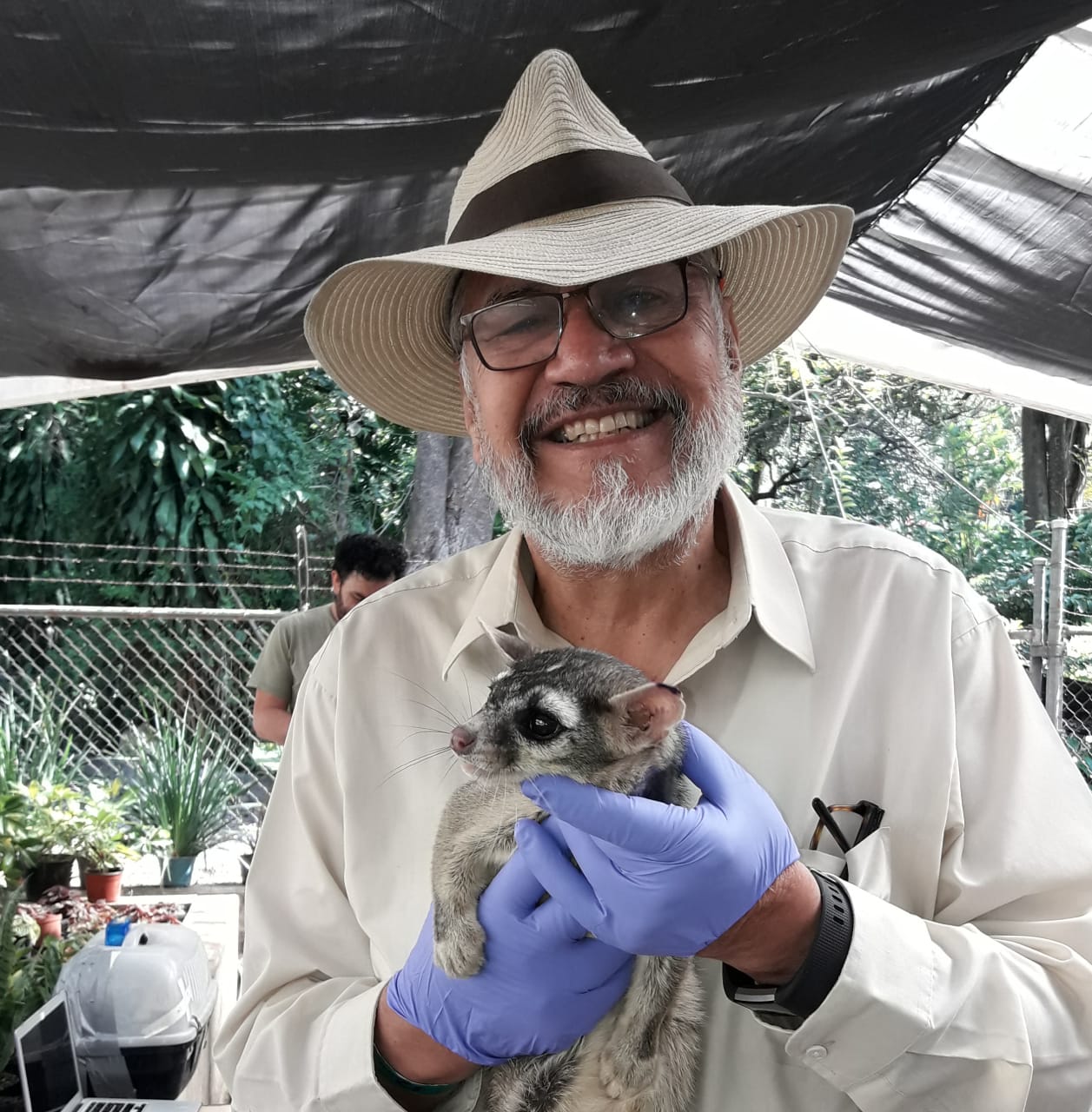
To investigate if non-hematophagous bats play a role in outbreaks of rabies and blue eye disease (LPMV), we studied the seroprevalence against both agents in several species of non-hematophagous bats on the sub-tropical Pacific coast of the state of Colima, Mexico. The survey covered a predominantly agricultural area (disturbed), and an area dominated by semideciduous dry forest (undisturbed). A total of 151 non-hematophagous bats of 16 species were captured from the two areas. Fifty-six (37%) had antirabic antibodies (Ab) while 87 (58%) did not and 8 samples (5%) had to be discarded because of hemolysis. A much lower (P









